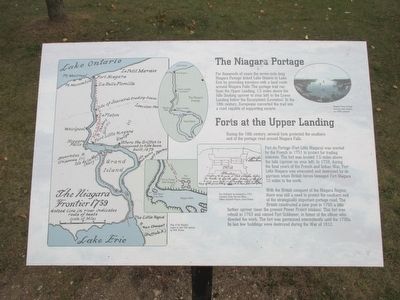Welcome to the Fort Bellefontaine Monument, a site rich with history and significance. Established in 1805, Fort Bellefontaine was the first U.S. military installation west of the Mississippi River, marking the early stages of American expansion into the western frontier. It served as a key military post during the early 19th century and played a pivotal role in the exploration and settlement of the region.
The fort’s establishment was part of President Thomas Jefferson’s broader strategy to secure American interests in the newly acquired Louisiana Territory. Fort Bellefontaine was initially selected for its strategic location along the Missouri River, providing a critical supply and communication point for military operations and expeditions heading west.
One of the most notable events associated with Fort Bellefontaine was its role as a departure point for the Lewis and Clark Expedition in 1804. The explorers, commissioned by Jefferson to map and explore the newly acquired territory, gathered supplies here before embarking on their historic journey that would greatly enhance the understanding of the American West.
Throughout its operational years, Fort Bellefontaine hosted several prominent figures, including Meriwether Lewis and William Clark themselves. Additionally, it was a site of interaction between the U.S. government and various Native American tribes, serving as a location for treaty negotiations and trade.
By the mid-1820s, the fort’s military significance began to wane as newer forts were built further west, and it was eventually abandoned. Despite this, the legacy of Fort Bellefontaine lives on as a testament to its role in early American military history and westward expansion.
Today, the Fort Bellefontaine Monument stands as a reminder of the vibrant history of exploration and military strategy that shaped the United States. Visitors can reflect on the transformative events and pioneering figures that once walked these grounds, connecting the past with the present.


